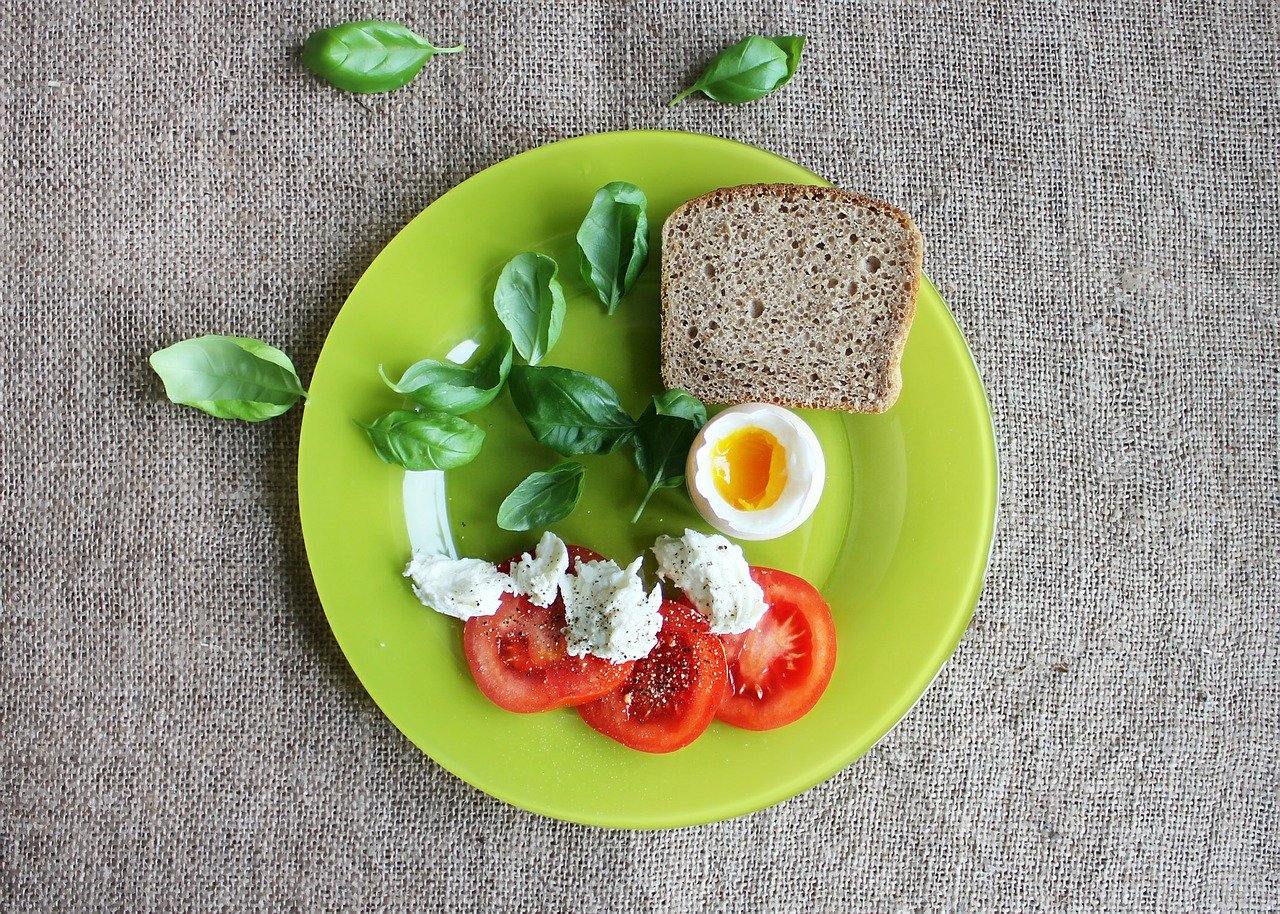For most people, the mention of the word fitness evokes thoughts of intense physical exercises and heavy lifting at the gym. However, nutrition is also an essential part of fitness as the body needs the raw materials with which it will build strong muscles. As the title alludes to, nutrients split into two broad categories of macronutrients and micronutrients.
Macronutrients
Macronutrients are foods that people consume in large quantities because they provide the calories that power the body. They are the equivalent of fuel to a car without which it will not move. Macronutrients fall into three major categories of carbohydrates, fats, and proteins.
Carbohydrates
Carbohydrates are the primary source of fuel in the body. They produce the calories that you burn during exercise. They also provide glucose, which is the primary energy source for the brain. Carbohydrates preserve muscle integrity by providing the body with energy to burn so that it does not resort to burning muscles for fuel. The primary sources of carbohydrates are cereals and grains, fruits, and dairy products. Nutritionists advise people to take more of carbohydrates that contain starch and fiber and less of those that contain simple sugars.
Proteins
Proteins are the source of amino acids that act as the building blocks of the human body. They provide the raw materials used to form tissues, organs, muscles, bones, ligaments, blood plasma, skin, tendons, and hair. They are also involved in metabolic processes and nutrient and water transport. Proteins form the hormones, enzymes, and neurons that perform, regulate, and coordinate functions in the body. They also create antibodies that ward off diseases. The primary sources of proteins are legumes, whole grains, meat, and dairy products, nuts, and seeds.
Fats
Fats are an essential energy reserve in the body because they have higher calorie content per gram than carbohydrates and proteins. They provide the body with insulation. Fats also protect vital organs from damage. Fats aid the absorption and transport of fat-soluble vitamins in the body. Fats contribute to the proper functioning of the central nervous system and the brain. The food sources of fats include vegetable and animal oil, nuts, meat, and dairy products. People who engage in the intense physical activity require sufficient fats to burn during exercises and prevent the body from burning muscles to cover the energy deficit.
Micronutrients
Micronutrients are foods that the body needs in minute amounts but are critical to the normal functioning of systems and processes. They are the equivalent of engine oil, which helps parts and components function optimally. They stimulate the chemical reactions that drive metabolic, physiological, and neurological processes in the body. Micronutrients include water and fat-soluble vitamins and minerals.
Vitamins
Vitamins act as co-enzymes to promote metabolism and regulate critical functions. Other vitamins are potent antioxidants that remove free radicals responsible for inflammation. Vitamins can be fat or water-soluble. You need to take water-soluble vitamins regularly because the body does not store reserves. The body stores fat-soluble vitamins in fatty tissues, meaning that you can rely on the reserves during periods of deprivation.
Water-Soluble Vitamins & Vitamin Role
- B1 or thiamin – synthesis of energy contained in foods
- B2 or riboflavin – growth and repair of tissue in the body
- B5 or pantothenic acid – synthesis of fatty acids
- B6 or pyridoxine – an essential component of the nervous system, contributes to the synthesis of blood, metabolizes glucose and protein to power the body
- B7 or biotin – metabolism of glucose, proteins, and fats
- Vitamin B9 or folic acid – contributes to bone growth and proper functioning of the intestines and the nervous system
- B12 or cobalamine – essential to the structure and function of the nervous system
- Vitamin C or ascorbic acid – essential to the formation of healthy bones, teeth, and gums, it’s a neurotransmitter and an integral part of collagen, a powerful antioxidant
Fat-Soluble Vitamins
- Vitamin A or retinal – critical to the proper functioning of the optical nerves, supports healthy skin and hair, promotes proper organ function
- Vitamin D – promotes the growth of sturdy bones and teeth, boosts the immune system
- Vitamin E – prevents cell damage from oxidation, contributes to the production of blood
- Vitamin K – induces blood clotting to prevent excessive bleeding
Minerals
Minerals are ionic forms of metals that are found in the body and form critical parts of tissues, bone structure, and organs. They act as co-factors in the activation of enzymes. Minerals also serve as an electrolytic medium for the action of different hormones and neurons. Minerals fall into two groups of macro and microminerals. Macrominerals include calcium, iron, potassium, magnesium, chloride, and sodium. Microminerals include copper, fluoride, zinc, manganese, selenium and iodine.
Macrominerals
- Calcium – helps form strong bones and teeth; stimulates blood clotting, contributes to the proper functioning of muscles and nerve growth
- Potassium – promotes nerve growth and function, supports the proper functioning of the heart, regulates water supply in the cells
- Sodium – stimulates nerve growth, maintains fluid balance in the body, regulates blood pressure
- Iron – a major component of hemoglobin, which supplies oxygen to all tissues in the body
- Magnesium – participates in over 300 chemical reactions in the body
- Chloride – maintains electrolytic balance in the body
Microminerals
- Zinc – critical to the formation of certain enzymes, contributes to tissue repair and the removal of carbon dioxide
- Manganese – supports metabolic processes
- Copper – forms tissues and neuro networks
- Iodine – regulates thyroid activity
- Selenium – prevents oxidative damage
- Fluoride – part of bone and teeth structure
Final Remarks
Nutritionists recommend that you obtain most of the micronutrients from food sources because they are safe and effective in their natural form. Since the presence of micronutrients in food depends on so many variables, it is advisable to eat a wide variety of foods to ensure a sufficient supply of each vitamin and mineral. You should also eat fruits and vegetables in raw, natural form because vitamins get destroyed by heat, acids, and sunlight. Only take supplements in extreme cases of deficiency under the supervision of a qualified health professional.



